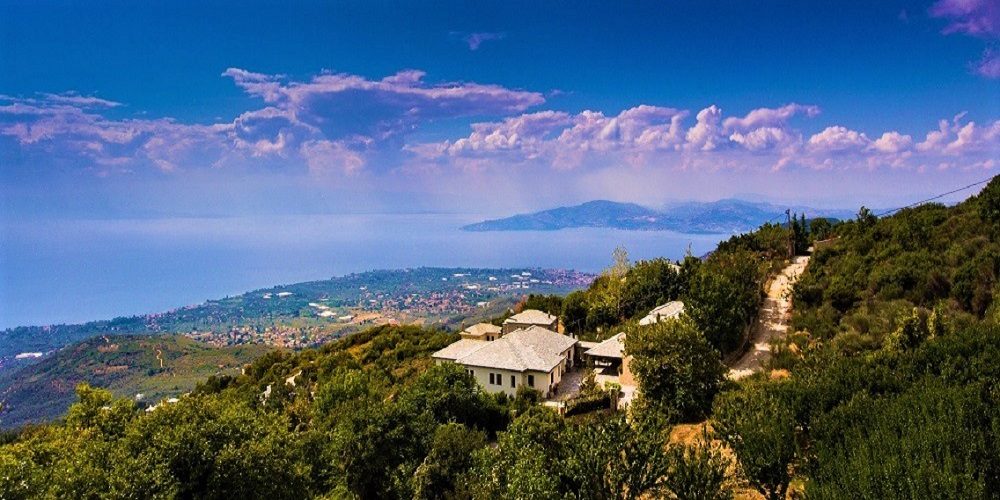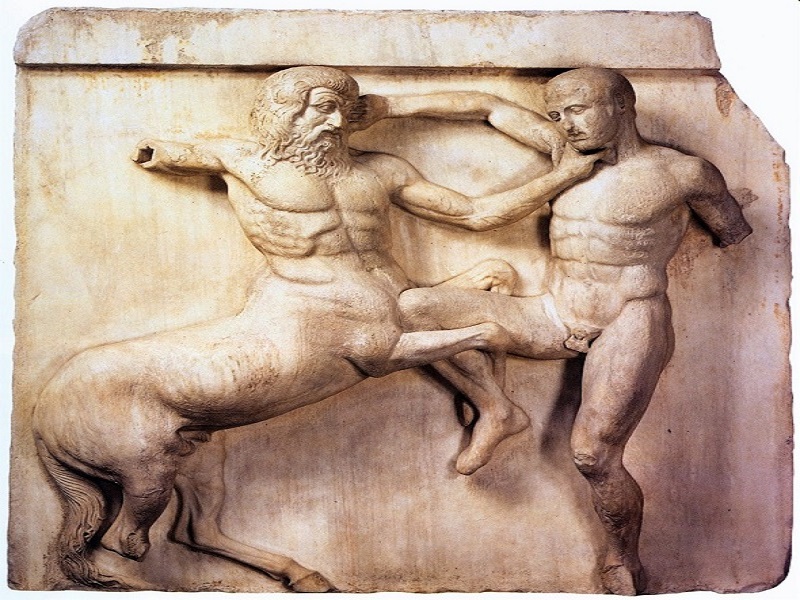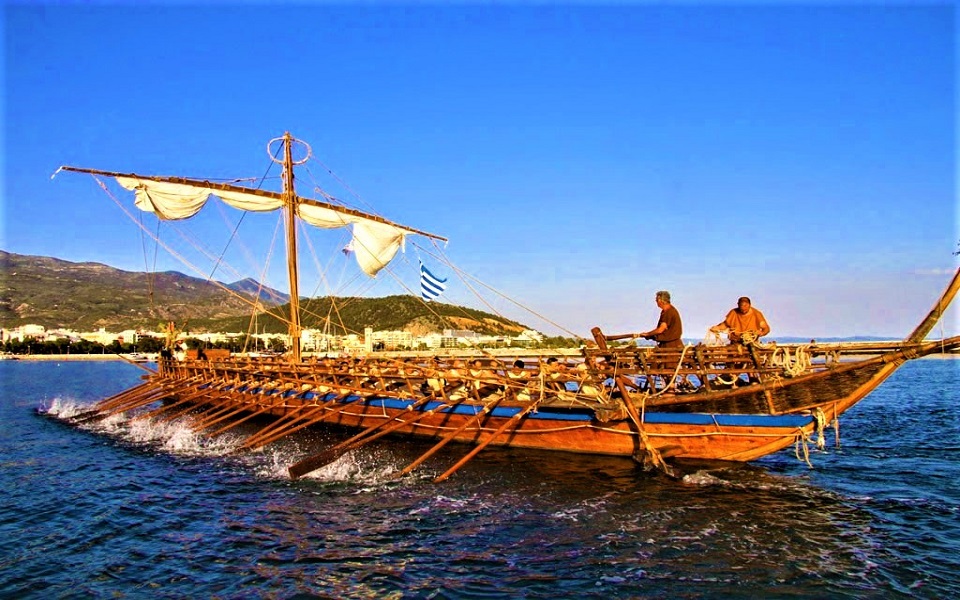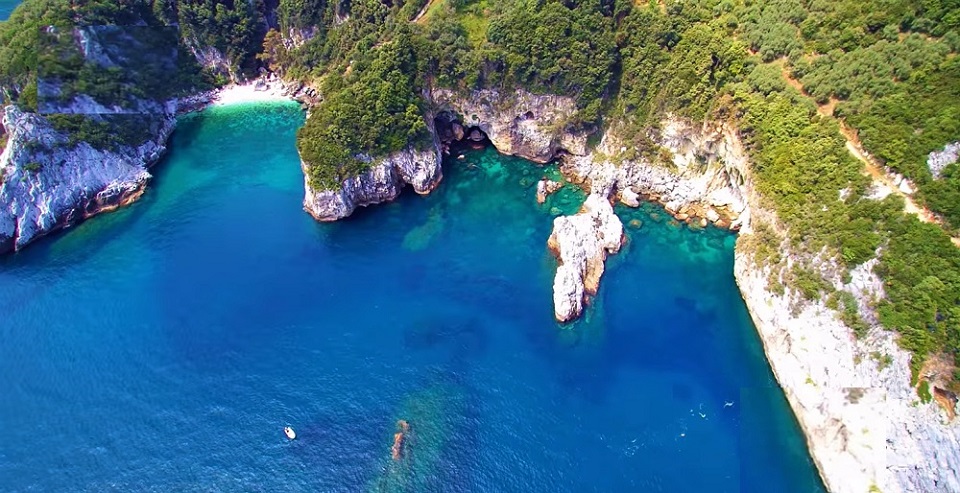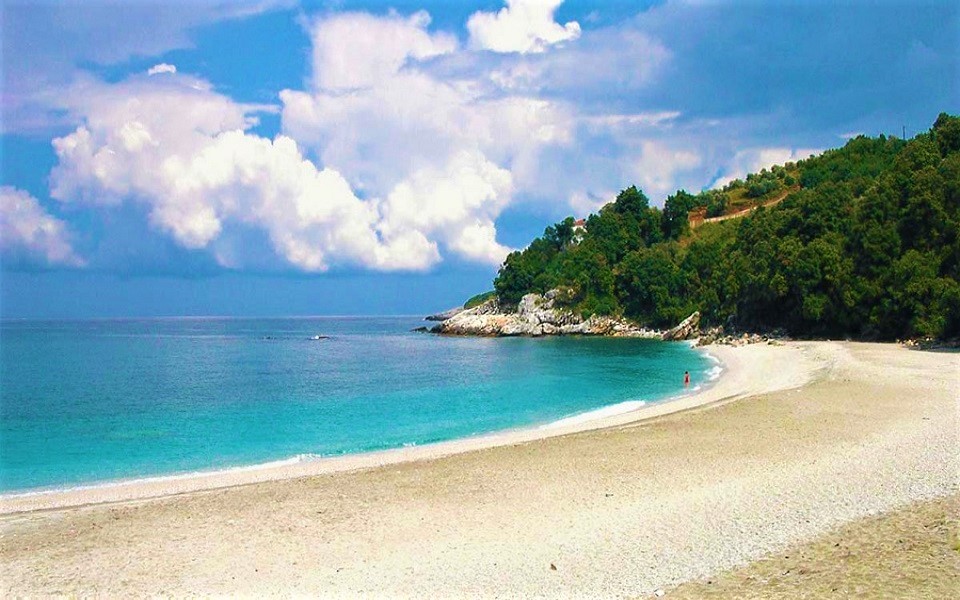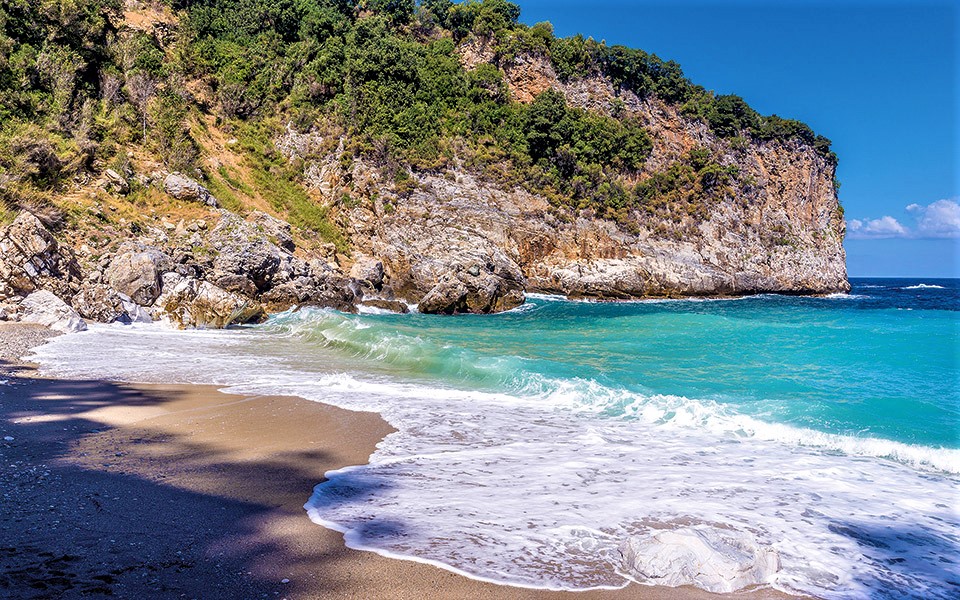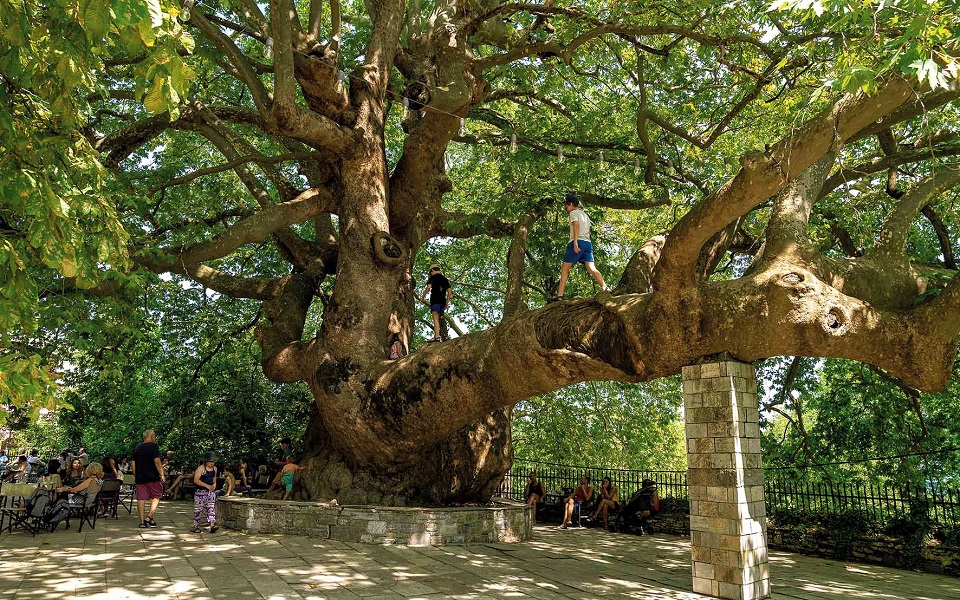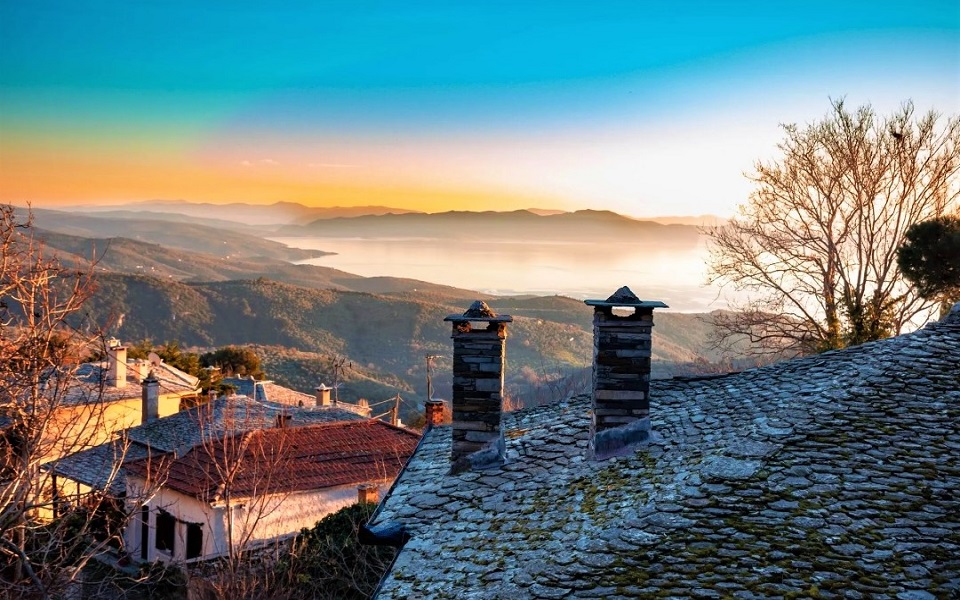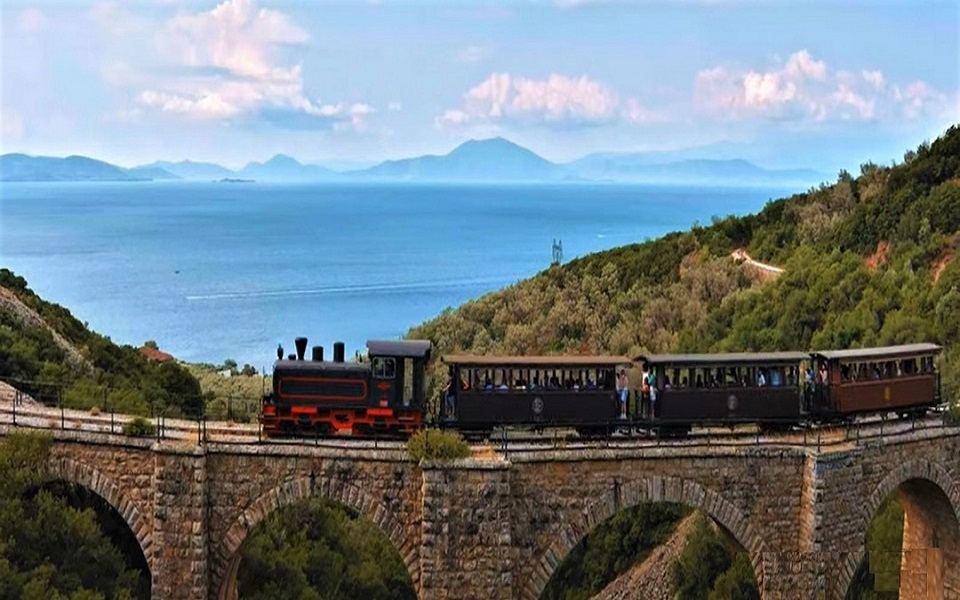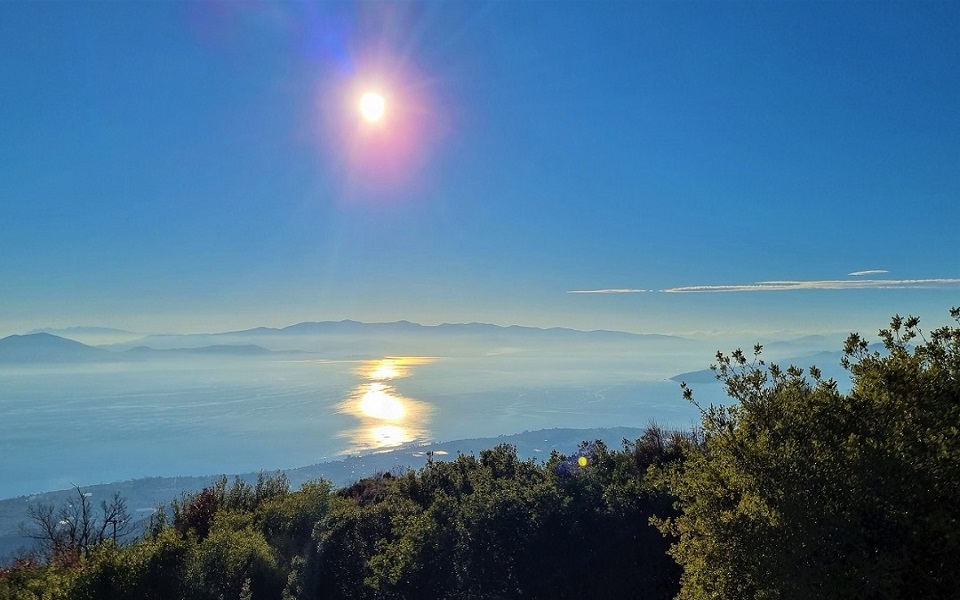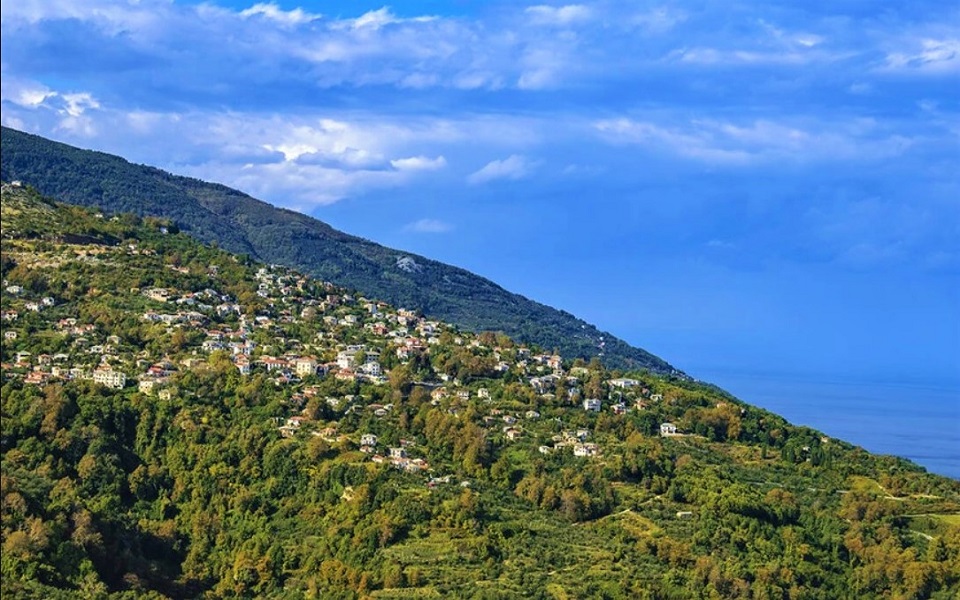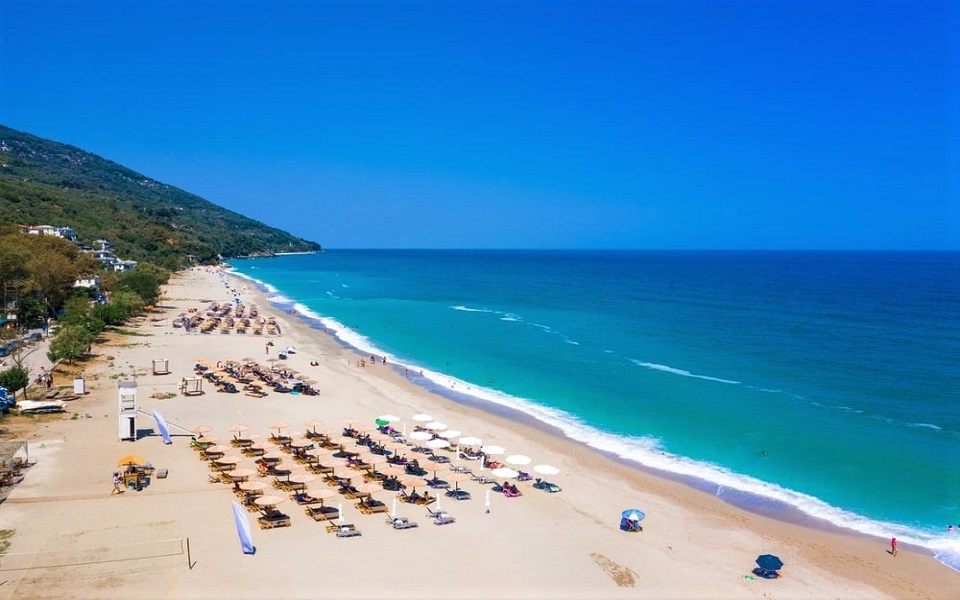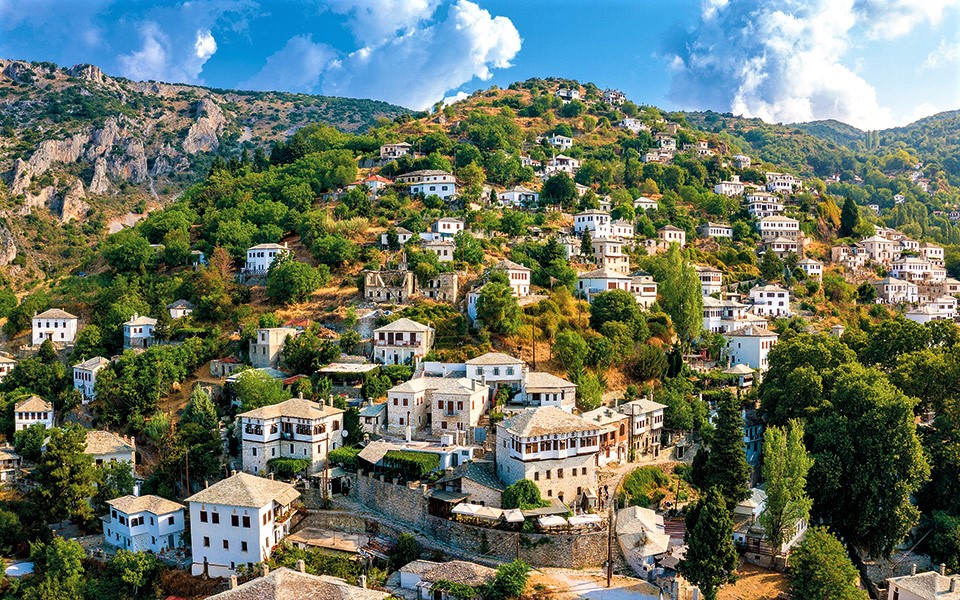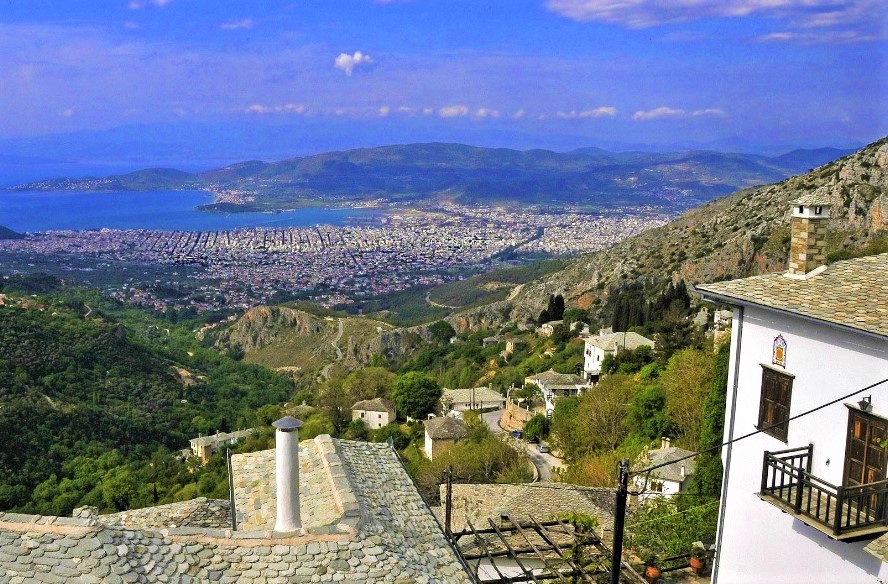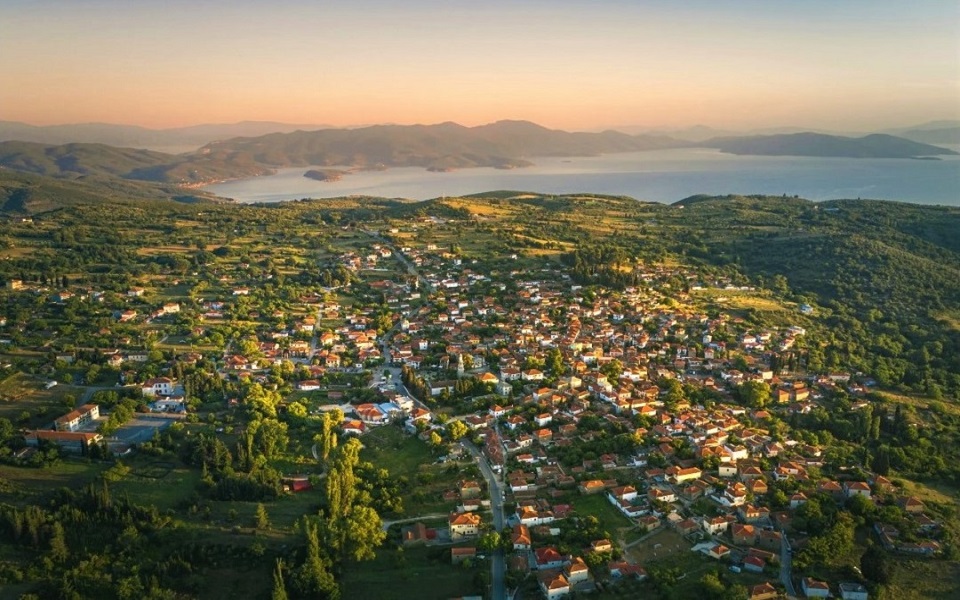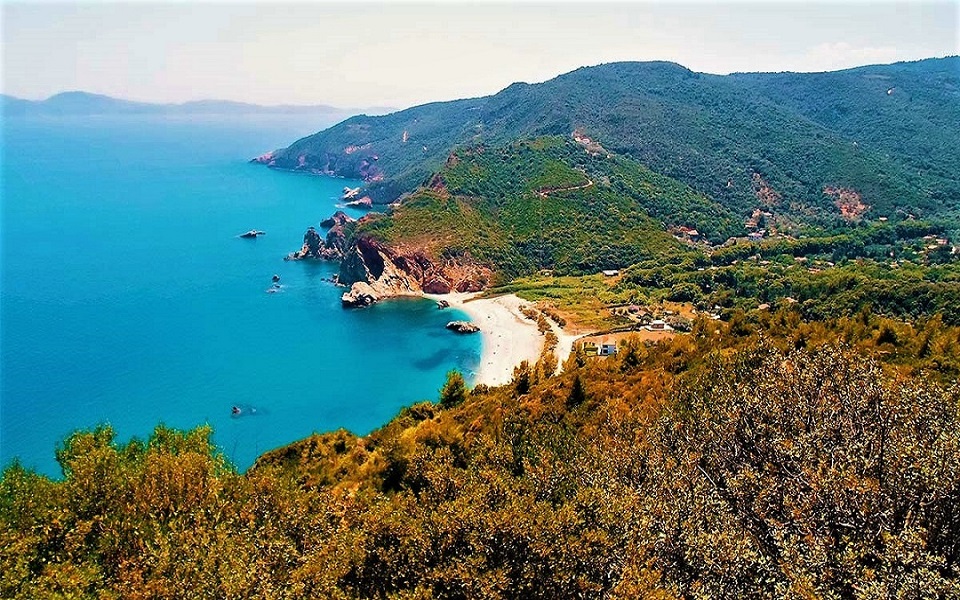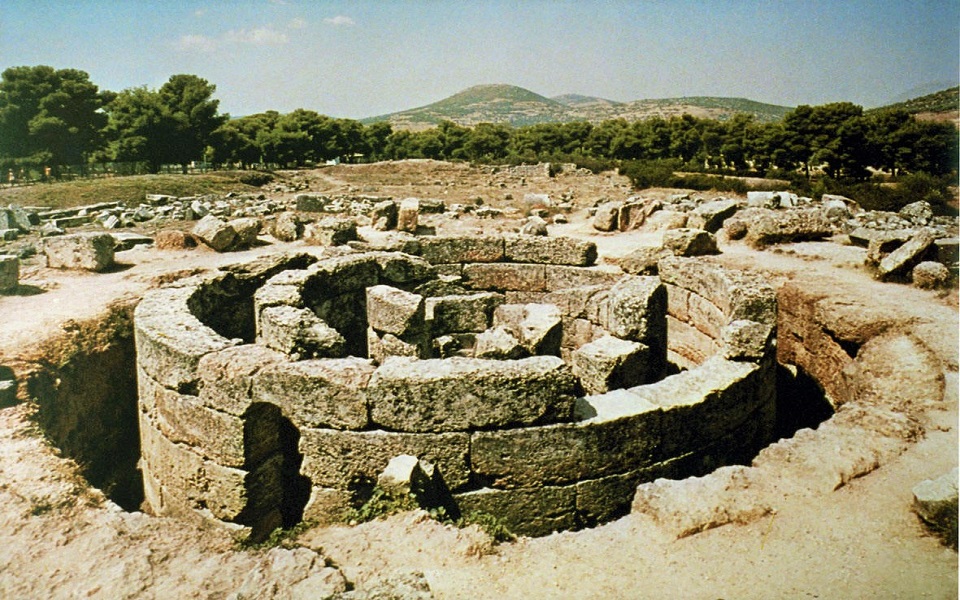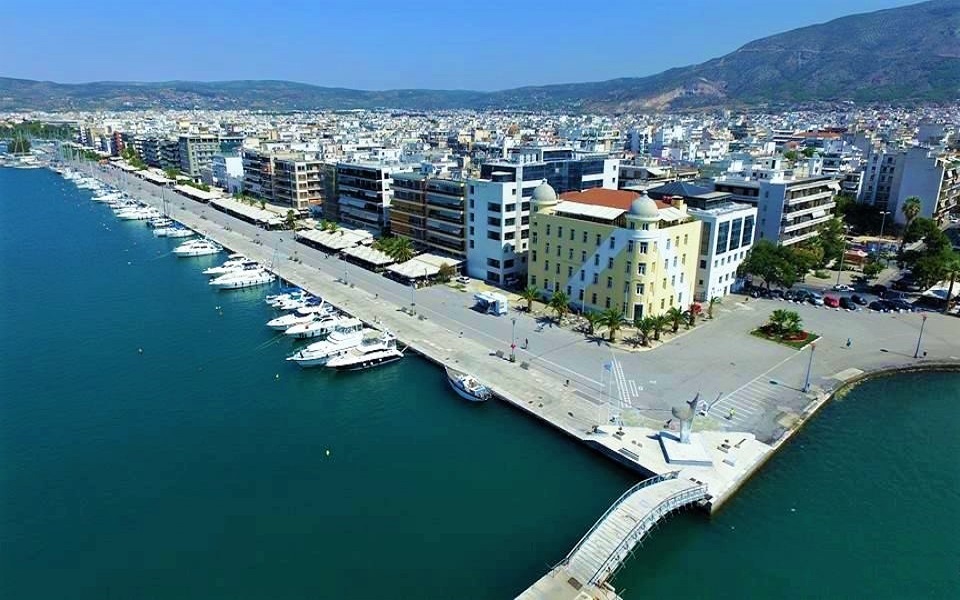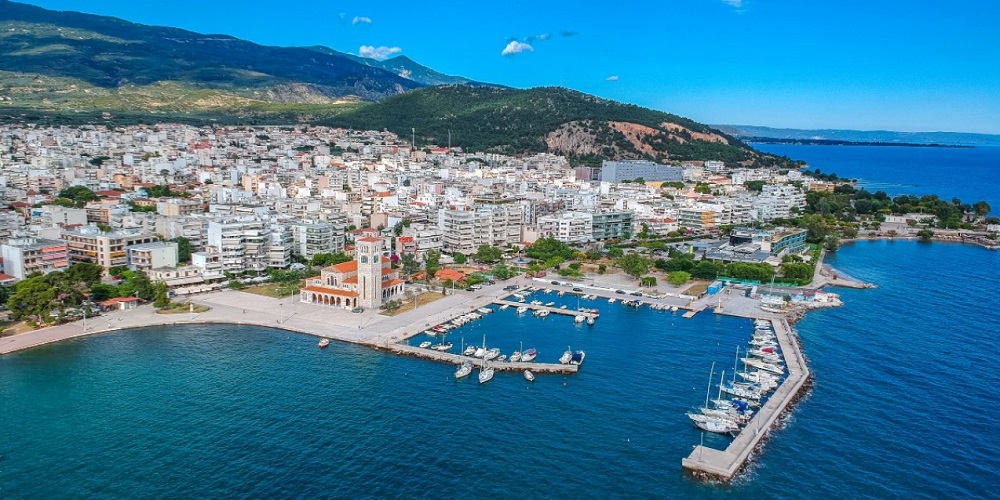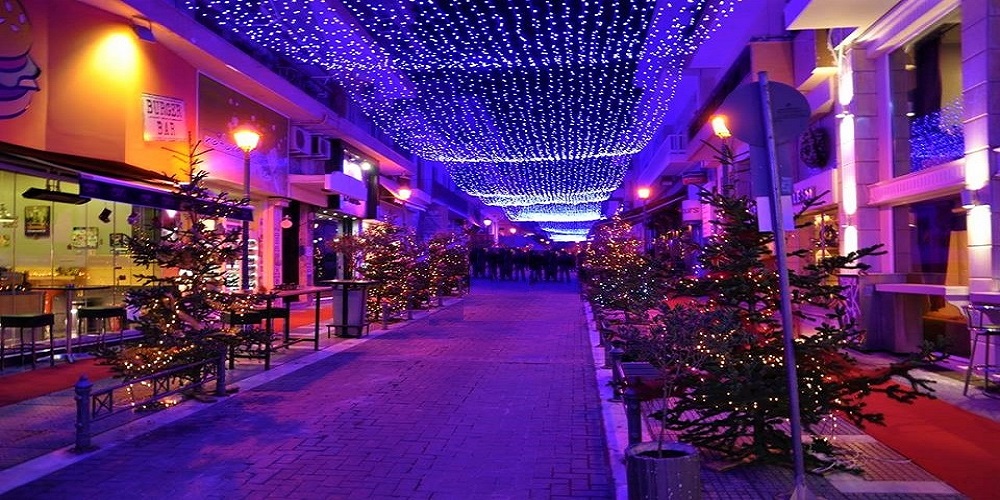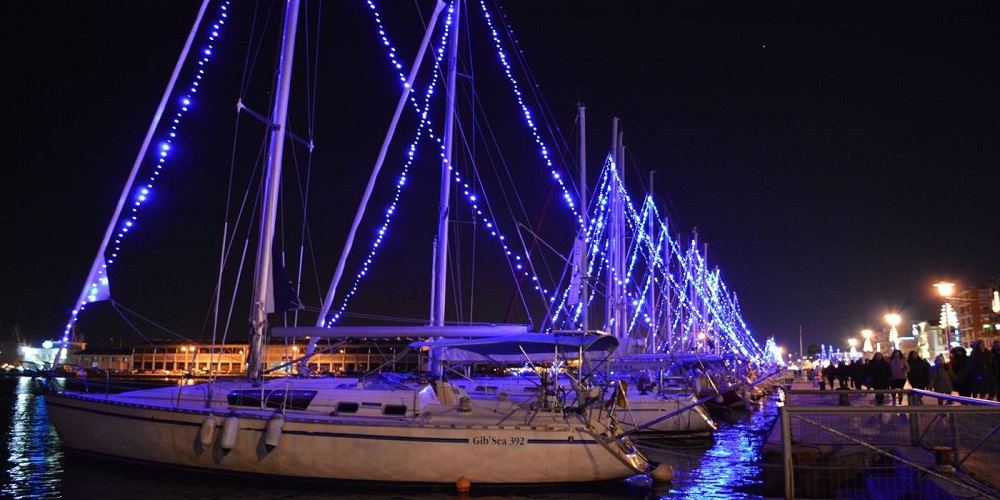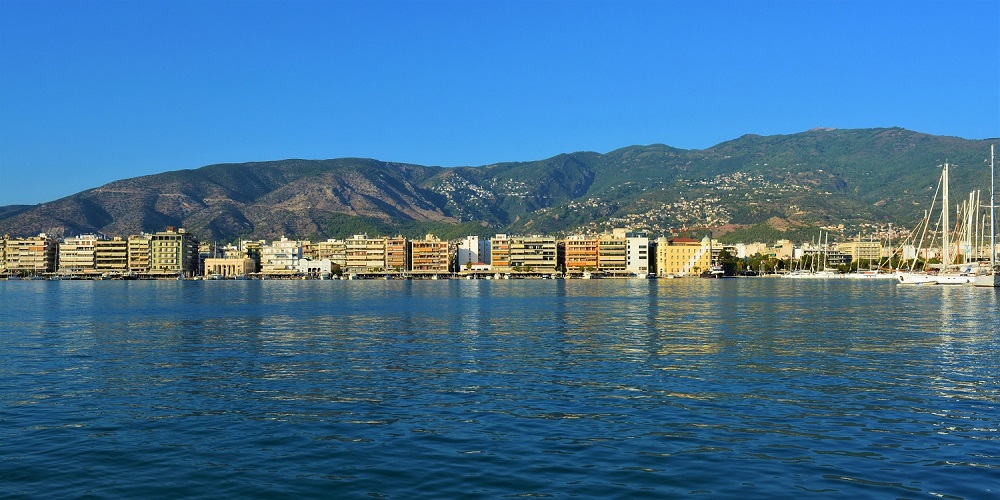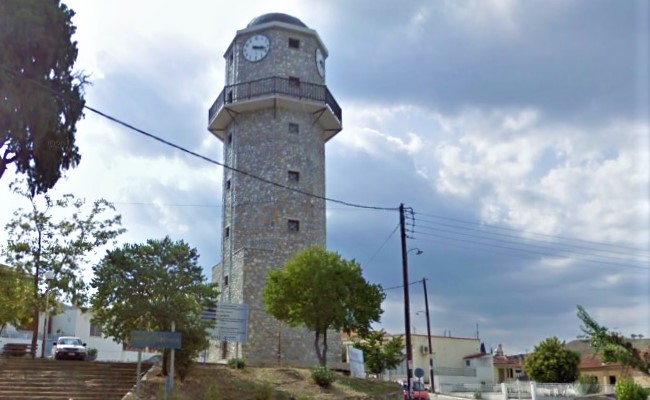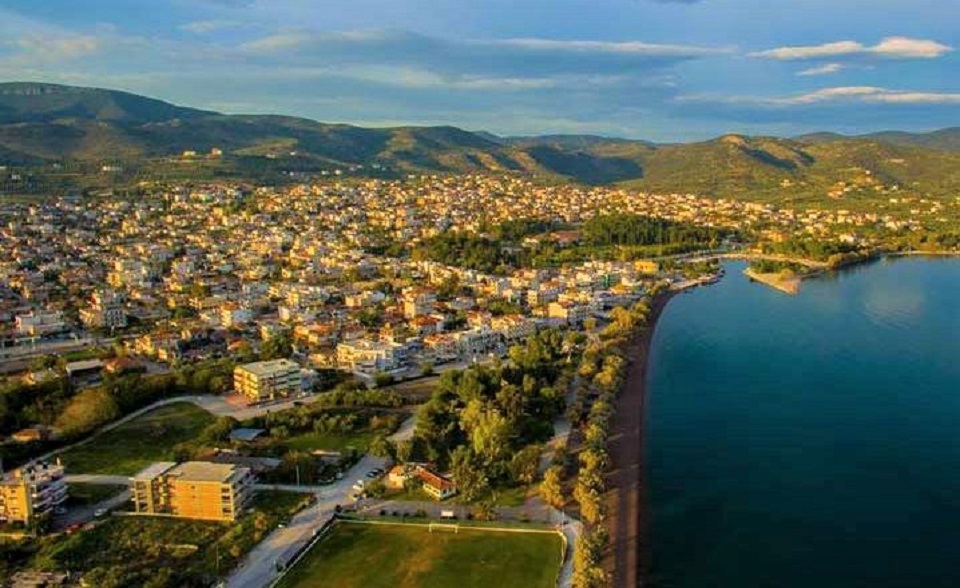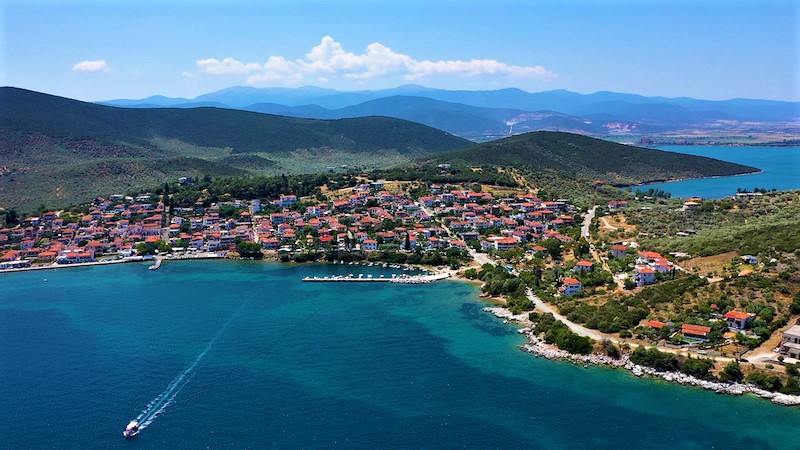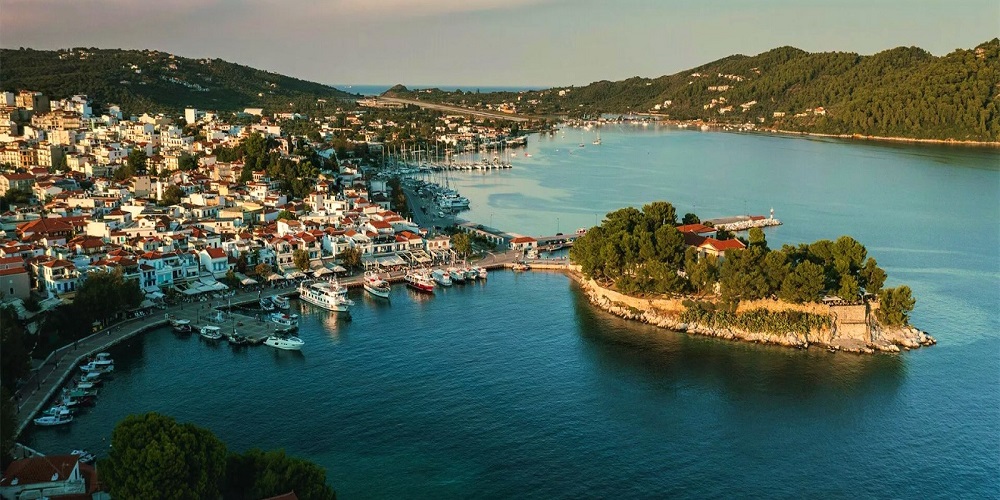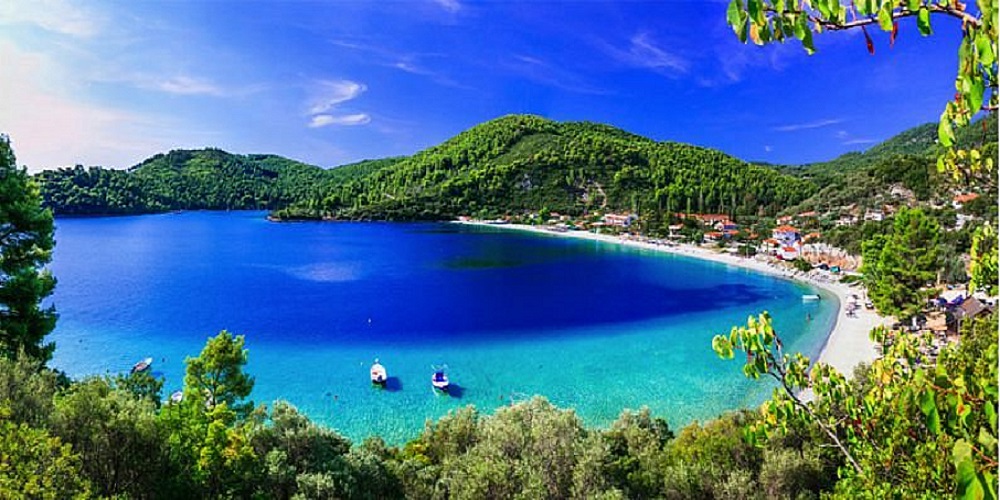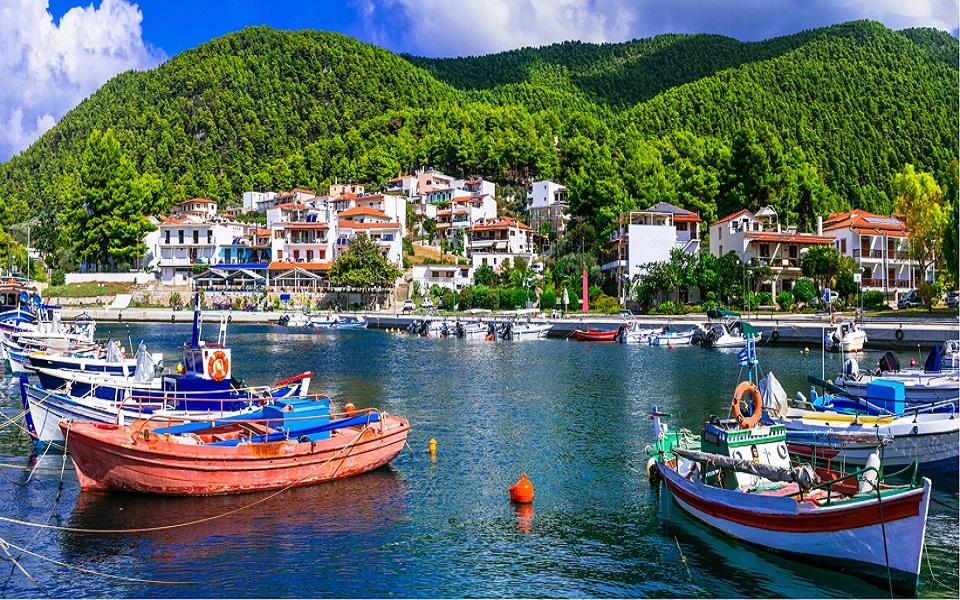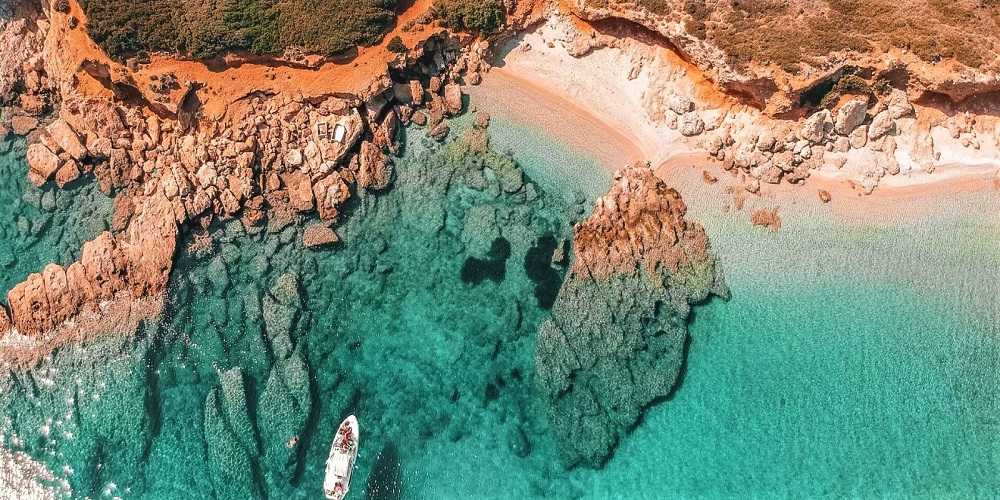Get to know our region by reading the specific section that follows the general navigation instructions.
For your better navigation on our website, we have mentally defined the region as Northern Pelion, Eastern Pelion, Central Pelion, Southern Pelion and Western Magnesia.
Northern Pelion includes the following villages and settlements:
Katihori – Portaria – Chania – Drakia – Makrinitsa – Koukourava – Kerasia.
Eastern Pelion:
Zagora – Puri – Chorefto – Makrirrachi – Agioi Saranda – Anilio – Agios Dimitrios – Kissos – Agios Ioannis – Damouchari – Mouresi – Tsagarada – Xurihti – Labinou – Kalamaki – Neohori.
Central Pelion:
Agios Vlasios – Agios Lavrentios – Agios Georgios Nilias – Pinakates – Agios Athanasios – Byzitsa – Milies – Afetes – Argyreika – Zervochia – Ano and Kato Lechonia – Platanidia – Malaki – Ano and Kato Gatzea – Agia Triada – Kala Nera – Koropi (Boufa).
Southern Pelion:
Afissos – Lefokastro – Kalamos – Argalasti – Siki – Xynovrisi – Potistika – Paltsi – Lyri – Katigiorgis – Kastri – Platanias – Mikro – Agia Kyriaki – Trikeri – Kottes – Chondri Ammos – Agios Andreas – Milina – Horto – Lafkos – Metohi – Promyri.
Western Magnesia:
Kritharia – Agios Georgios Kinigon – Marathos – Megali Velanidia – Hrysi Akti Panagias – Dimini – Velestino – Almyros – Vrynaina – Amaliapoli – Sourpi – Nies – Pteleos and Pigadi.
Separate sections is Volos, where the following areas have been included:
Alli Meria – Agios Onoufrios – Anakasia – Ano Volos – Nees Pagases (Alykes) – Agios Stefanos (Soros) – Nea Ionia – Fitoko.
As well as Agria, Nea Anchialos and the islands of Skiathos – Skopelos – Alonissos.


